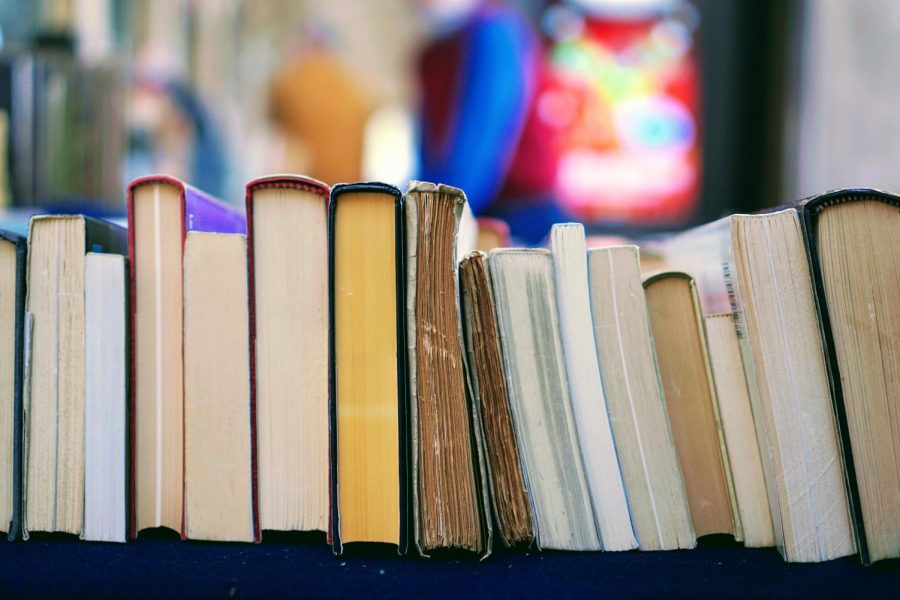The Value of High School Required Reading
March 17, 2021
What I and many other high school students have found over our years of English education is a gap between the relatability and the educational value of the literature that we read and discuss. Society constantly changes and develops, and our values as a culture shift as we become more advanced. While some lessons are timeless, others just aren’t, and the fact that my English teacher read a book does not mean that I should as well.
Literature is not dead — modern authors write books that modern-day students can relate to without adopting the “remembered every detail if I liked the book, remembered nothing if I didn’t like it” mindset that I can certainly speak to.
While the majority of the books we read in class may reflect our modern-day values as much as the values they represented when they were written, some just don’t, and those books can’t provide the education in moral as well as academic values that an English class should provide.
Firstly, it’s important to acknowledge the importance of reading books from a variety of other places, perspectives, and time periods. Reading Shakespeare, Steinbeck, and Shelley has value for our understanding of different societies and different experiences. However, what should be valued more highly is a student’s ability to understand that other perspective.
Exemplary for this issue is Salinger’s classic A Catcher in the Rye, a reflection on teenage life intended for adults, but often sent to teenagers in school to read. A normal high school student can’t fully understand the perspectives used in the book, and it’s a waste of time and effort to assign a book that’s supposed to be morally instructive to a person who is neither able to nor interested in comprehending the message.
As an alternative, modern coming-of-age fiction can provide a different kind of guideline, for kindness or for a way to reflect on our lives as young adults. Books like The Perks of Being a Wallflower or The Fault in Our Stars are a more modern look at teenage life, and therefore a high school or middle school student would be more attentive to the lessons taught in the novel.
It’s also vital that we understand the changing values of our culture over time, both as Americans and as global citizens. Classics bring us the polished language and better appreciation of modern society, but a more modern take can bring us into the realm of diversity that isn’t present in older, Western works of literature.
Perhaps the best idea of an outdated book that is still required today is The Great Gatsby, required reading for juniors at Ward Melville. We as a society and especially as teenagers celebrate the glamour that the book attempts to deconstruct, and it just doesn’t apply to us today. In addition, the so-called “white man’s gaze” ever-present in the work focuses on only what is there, but, in an increasingly diverse world, less of what isn’t.
By the same logic, we can scrap works that present a particular ideology or sector of society as the only existent idea or group. Works such as those of Ayn Rand, notable Objectivist writer, which present fully pro-capitalist, individualistic perspectives, should not be encouraged in schools except as explorations into different realms of thought. Conservatives claim that students have liberal ideologies forced upon them; they cannot logically raise issue with the elimination of Rand from non-philosophy-based courses.
The elimination of select works from school curriculums could do good, inspiring a more modern perspective and increasing the well-roundedness and interest of the student body.



